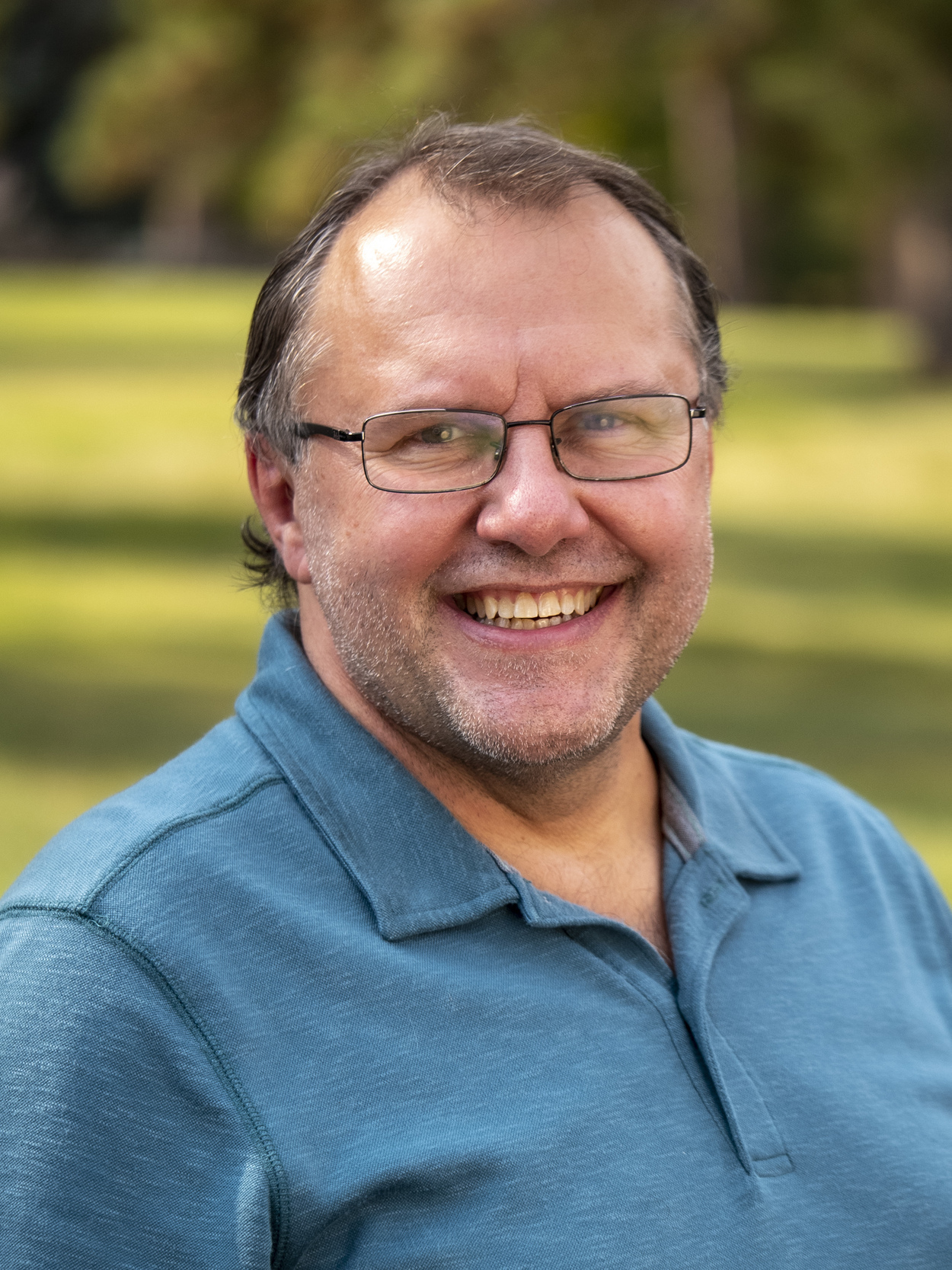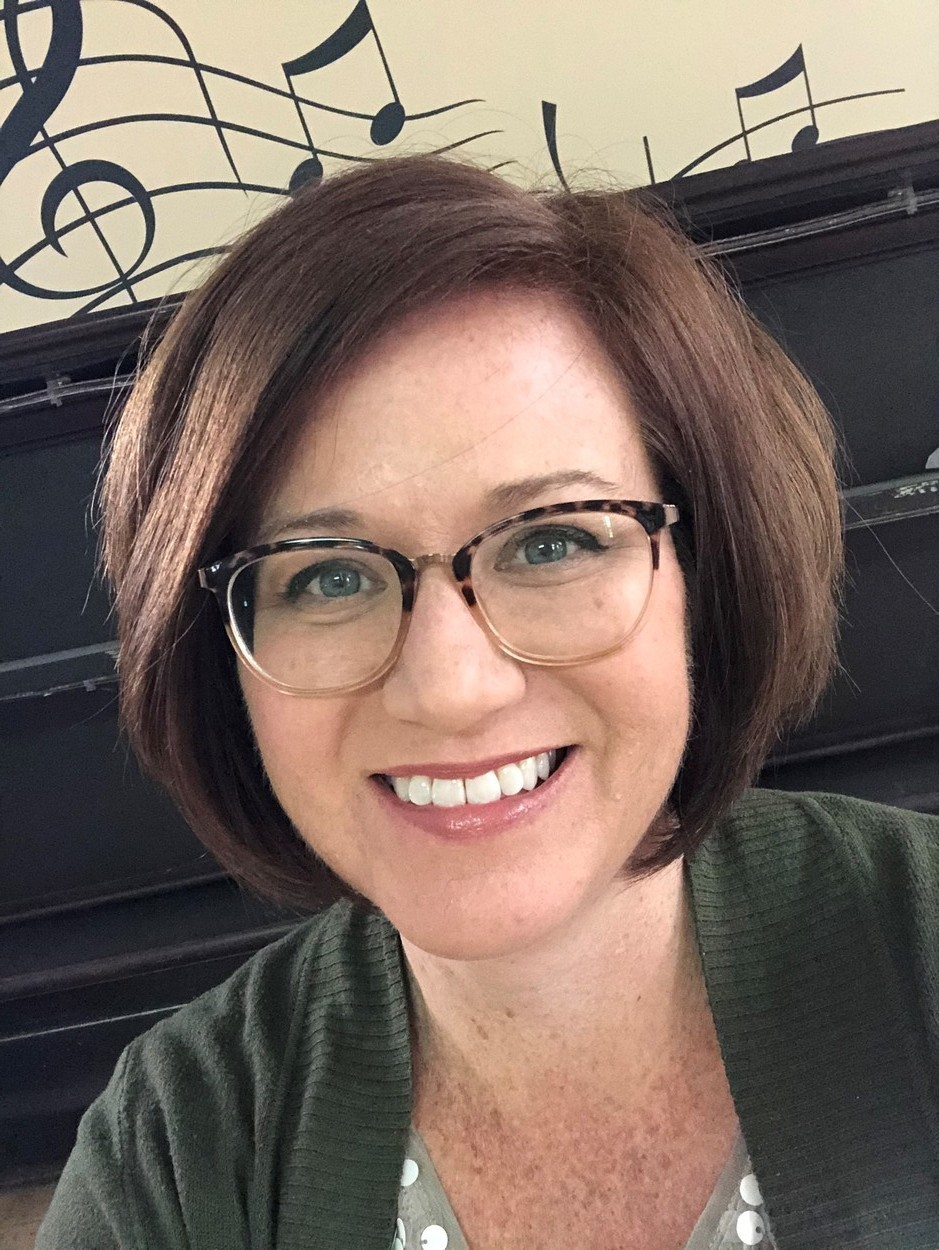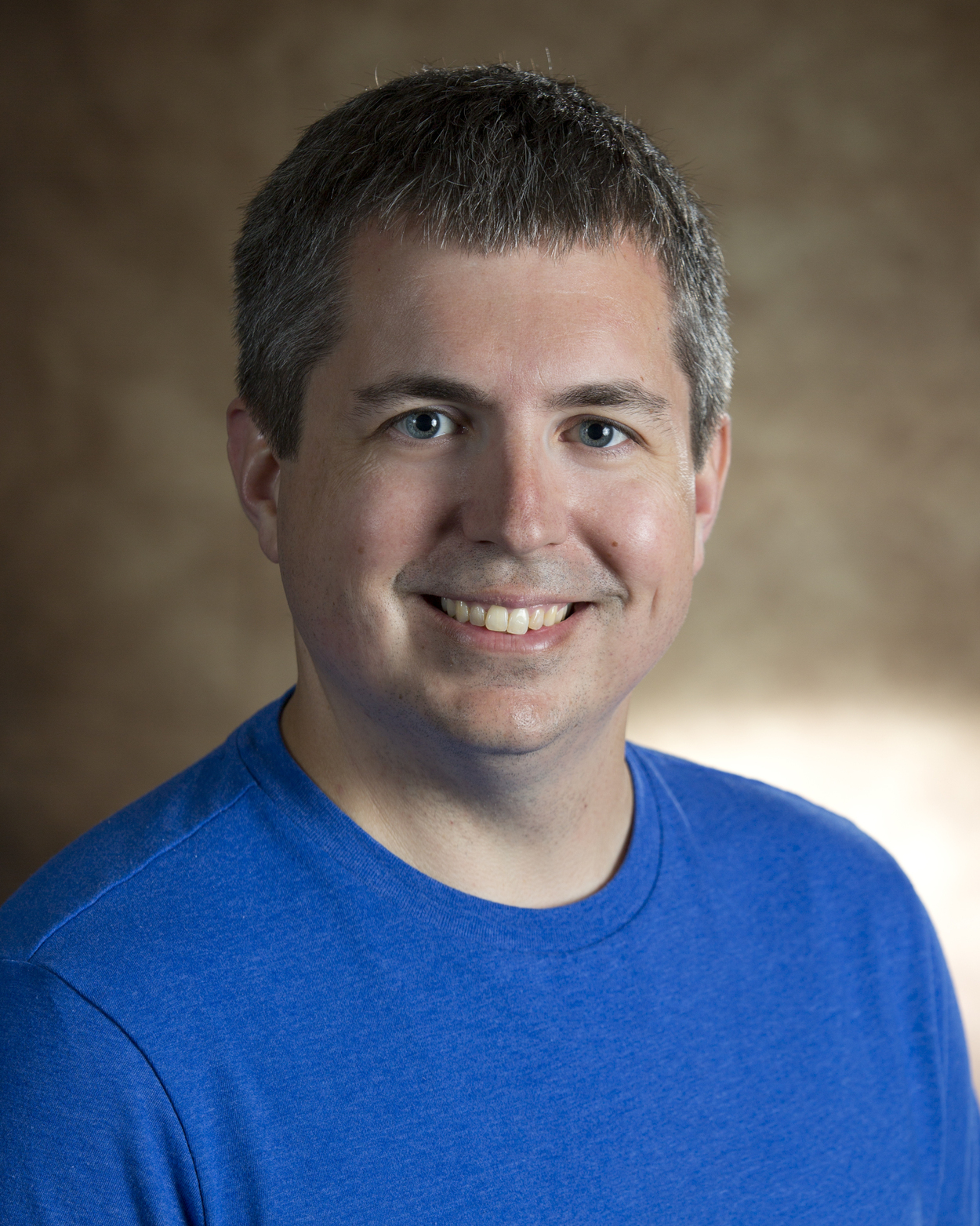
One board governance opens door for ministry

Photo by Dylan Gillis on Unsplash.
Many churches struggle with getting people to serve on committees, communicating essential information with various groups, and making decisions promptly. As a result, some congregations have moved to a one-board model for the various governing committees.
“Committee work was taking time and resources away from serving in ministry in other ways,” says Rev. Kermit Culver, a retired elder. He served as the lead pastor at Legacy UMC in Bismarck, North Dakota. “As a pastor, I went to all these meetings, discussed the same things with several groups, and very few decisions were being made.”
In 1998, the frustration led to a new model of doing the church's business at Legacy and several other congregations. The model's focus is to cut down on the number of people needed on committees and at meetings.
“It is built on the desire to do more ministry, more serving, and less business,” said Culver. “A church should have a clear vision that guides decisions and empowers people to find out what they are good at and go out and do it.”
The centralized governance model is to have one leadership team that meets, shares information, and makes decisions. The team has subgroups that reflect the Book of Discipline's committee requirements for a United Methodist Church—Trustees, Staff Parish Relations, and Finance.
.jpg)
Rev. Kermit Culver. Dakotas Conference file photo.
“At Legacy, we formed an administrative council of 12 people. Four people were focused on the matters of the building or trustees. Four people focused on human resources or staff and parish relations. We also had people who focused on finance,” said Al Roll, the former Business Director at Legacy. “Everyone met on the same night. The subgroups would meet first, and then the entire group met, took recommendations from the subgroups, held a discussion, and made decisions. We went from taking three to four months to decide on a matter to one month.”
Legacy UMC moved from trying to find 32 people to be on committees to asking 12 people to serve on a team that met once a month with subgroups.
"Our work became about living into our vision. The leadership team would ask whether this aligns with our vision. Decisions were made around vision," said Culver. "Some people were concerned that we might be placing too much power with 12 people. That concern quickly went about, and ministry grew. But we had a desire to do more ministry and fewer meetings. It freed up people to teach, volunteer, and serve."
The congregation holds annual visioning sessions. The vision becomes part of the annual charge conference and the leadership team's election. Elections are a function of a nominating group.

Al Roll, file photo.
"The nominating team meets as needed, to present a slate of the 12 people on the leadership team, who serve on rotating terms. Each person serves a three-year term. So, four new people are elected to the leadership team each year," said Roll.
Culver introduced the model to several other congregations when he served as the district superintendent for the Northwest District.
"Everyone in the district I served heard about the model. It works well for all sizes of churches. Small churches like Moffit liked it because they don't have people to serve on all these committees," said Culver.
Riverview United Methodist Church in Huron, South Dakota, is currently implementing the one-board model. Rev. Teresa Person attended training and coaching sessions spearheaded by Culver and Roll for six months.
"I found I was spending so much time in committees and repeating myself at a lot of meetings," said Person. "We set a vision statement— 'Connecting in faith and community.' The committee structure was really about meetings and not about ministry."

Rev. Teresa Person, file photo.
At Riverview UMC, the leadership team has nine members—three focus on finance, three on staff parish relations, and three on trustee matters. The subgroups are meeting every month, and the entire leadership team plans to meet every few months.
"Our leadership team meetings are two hours long. We find that people would rather meet for two hours and decide rather than meet several times and take several months to make a decision," said Person. "We can 'committee' things to death and lose sight of moving forward."
Pastor Teresa also serves the United Methodist congregation in Virgil, South Dakota. Virgil UMC is also considering the model.
"It is not a one-size-fits-all model. Virgil is still discerning what this might look like," said Person. "It is difficult to shift your thinking and move away from how you have always done things."
In the first year of implementation, Riverview UMC decided to elect everyone on the leadership team to a one-year term and elected a chairman and vice-chairman to one year.
"Everybody is on a one-year term to see if it's the right fit. Then, after our first year, we will determine our next steps," said Pastor Teresa.
The congregation in Huron is already seeing benefits. Several task teams are filling up with volunteers—worship, tech team, hospitality, education, and a care-visitation team.
"We are in the process of establishing teams. We are using our connect card to invite people to serve. It is all about using people's gifts where they feel called," said Person.
Currently, Culver and Roll are retired and no longer serve at Legacy. However, Roll serves the Dakotas Conference as the Missional Development Impact Coach. Legacy UMC is still using the one board model which was implemented during thier tenures.

Rev. Brandon Vetter, file photo.
"Things are going great. We love it," said Rev. Brandon Vetter, who currently serves as the lead pastor at Legacy. "It is effective. We make decisions as needed. As a result, we see people serving in ministry where they feel called."
The leadership team at Legacy has moved to meet quarterly. They found that there was not a need to meet each month. Subgroups and staff are doing the work that needs to be done with decisions being made at the quarterly meetings.
When he was the pastor at Fusion in Mitchell, South Dakota, Vetter also implemented the model and found it effective.
"People are serving in ministry where it works for them. So I have only positive things to say about the one board model."
Want to learn more about the one board model? Attend the 2022 Annual Conference, June 9-11, 2022, in Bismarck, North Dakota. Culver, Roll, and Person will lead a Lunch and Learn session. Registration opens on April 18.